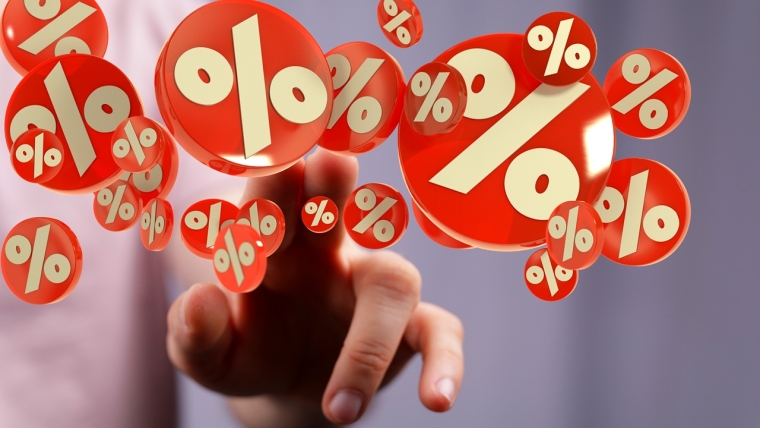
The Reserve Bank will be "tossing up" between a 25-point and 50-point cut to the Official Cash Rate in its last review for the year, according to Westpac economists.
The RBNZ will have its last OCR review for 2025 on November 26. In its previous review on October 8 the RBNZ cut by 50 points, dropping the OCR to 2.50%.
In a Westpac Weekly Commentary published prior to Monday's release of September quarter inflation figures, Westpac senior economist Satish Ranchhod said inflation expectations risks "will be important", but "signs of economic momentum (or the lack thereof) are likely to be of greater importance".
"We understand why markets are pricing some chance of a 50bp cut in November, and we assess the chance of a 50bp cut as lying in the 30-35% range," Ranchhod says.
The possibility that the RBNZ may look at a follow-up 50bp cut to the OCR in November hasn't been raised by other economists - though there is strong expectation that the OCR will be cut to 2.25%.
At the moment the financial markets are fully pricing in a 25bp cut and give a small (8%) chance of a 50bp cut.
This is all going on as high frequency economic data begins to suggest that an earlier hoped for reasonably strong bounce in GDP in the September quarter (after a 0.9% slump in the June quarter) may not be materialising.
Ranchhod said the New Zealand economy is "still looking sluggish".
"Our own Nowcast indicator (which summarises the trend in economic indicators) points to growth in economic output of just 0.2% in the September quarter. That would be a very muted rise after activity contracted 0.9% in the June quarter," he said.
"This ongoing weakness in economic data chimes very closely with the feedback we’ve been hearing on the ground when talking to businesses around the country over the past couple of weeks. Most of those we spoke to told us that business conditions have remained tough in the past few months with the construction and retail sectors being especially weak. Notably, in the retail sector spending levels are up just 1% over the past year. And in the context of continued price gains, that points to very muted per-capita spending," he said.
"However, it’s not all bad news. While conditions remain challenging, businesses have told us that they aren’t going backwards like they did over the past year. And in some parts of the country, we’re seeing early signs that those wintery conditions are starting to thaw, with several businesses reporting signs of a modest lift in demand, albeit from a low base."
Ranchhod says as a nation we’re continuing to operate with a sizeable amount of excess capacity (which economists often refer to as “a negative output gap”), with related softness in retail spending.
"The pass through of interest rate reductions has been gradual to date. But large numbers of borrowers are now rolling on to lower mortgage rates, and that will boost disposable incomes over the next 6 to 12 months. Over time, that will also boost demand and inflation pressures, but that’s a lift from subdued levels."
6 Comments
This ongoing weakness in economic data chimes very closely with the feedback we’ve been hearing on the ground when talking to businesses around the country over the past couple of weeks. Most of those we spoke to told us that business conditions have remained tough in the past few months with the construction and retail sectors being especially weak. Notably, in the retail sector spending levels are up just 1% over the past year. And in the context of continued price gains, that points to very muted per-capita spending
That seems to contrast with reports of green shoots. Interest commentators have also been commenting that business is picking up. Hard to know what to believe.
When the RBNZ makes their next OCR call, they won't have any official GDP stats for the previous 5 months. Surely this needs to be addressed.
*checks timestamp vs inflation reporting article*
Wowsers, a 0.5% cut "have a nice summer folks" would be a huge move.
Hugely stupid given inflation level…
Maybe, or maybe they are trying to be proactive, they get given crap for trying to drive us forwards while only ever looking in the rear view mirror and now they try to look forwards and everyone has a cry…I agree with them, none of the inflation is demand driven, non-tradable dropped slightly again so is still tracking down 🤷🏻♂️
And if the government aren’t going to do anything to help then good on the RBNZ for trying…well, trying to fix their own mess 😂
With inflation maxing the target it should be no change. But hay, protect bank and speuvestor profits and screw everyone else.

We welcome your comments below. If you are not already registered, please register to comment.
Remember we welcome robust, respectful and insightful debate. We don't welcome abusive or defamatory comments and will de-register those repeatedly making such comments. Our current comment policy is here.